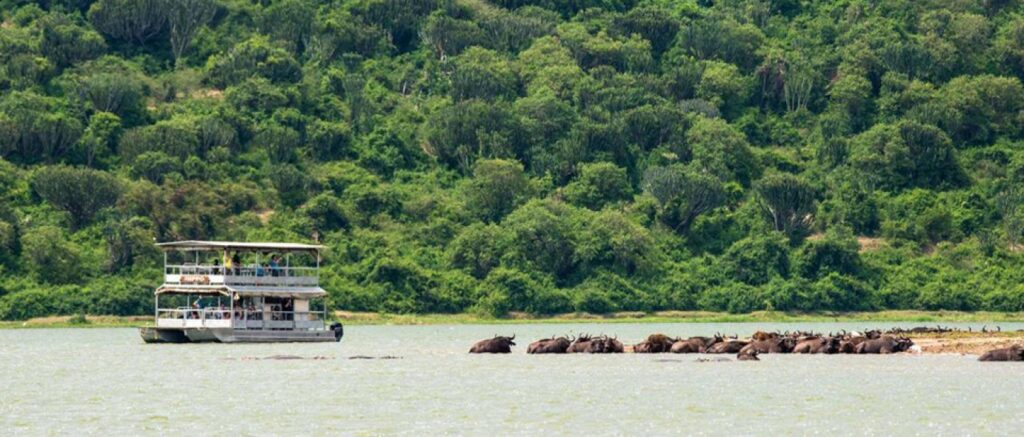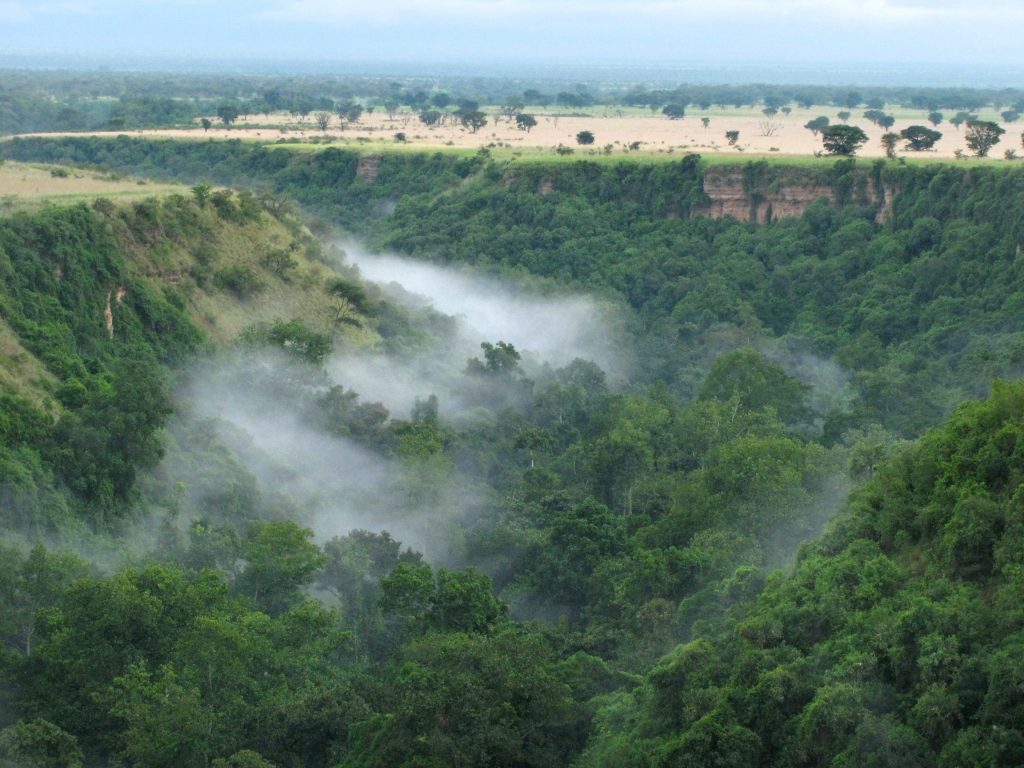
Facts about Queen Elizabeth National Park.
Facts about Queen Elizabeth National Park.
Facts about Queen Elizabeth National Park : Queen Elizabeth National Park is a popular Uganda’s safari destination that spans the districts of Kamwenge, Rubirizi, Rukungiri, and Kasese and is located in western Uganda, closest to the ancient town known as Fort Portal. It is the epicentre of Uganda’s biodiversity, home to more than 600 bird species, 10 kinds of monkeys, reptiles, and a wide range of insects, including butterflies. It makes sense that the diversity of habitats that support a wide range of animal species is what accounts for the adaptability of the animals in Queen Elizabeth National Park.
There are numerous, even well-known, facts about Queen Elizabeth National Park, but even so, there are many more that are true yet may still seem like myths to you. This is a collection of pertinent facts regarding Queen Elizabeth National Park.
Queen Elizabeth national park is the first national park in Uganda; it was gazetted next to Murchison falls national park in 1952. It is also true that Queen Elizabeth National Park is the second-largest protected area in Uganda that is well-known outside, behind Murchison Falls National Park. Queen Elizabeth National Park spans over 1978 square kilometres and boasts a distinct array of animal species, including roughly 95 species, 600 bird species, and crocodiles, several antelope species, and butterflies.
With over 5000 hippos, 3000 elephants, and 1000 buffaloes, Queen is the national park in East Africa with the highest concentration of hippos. In addition, Queen Elizabeth National Park is home to a variety of antelope species, including Sitatunga, Reed Buck, Topis, and Duikers. In the shrubbery around Kazinga Channel, one may observe the Sitatunga antelope. Additionally, Queen Elizabeth National Park is a home to the majority of Uganda Kobs population; the Uganda Kobs breeds on Kasenyi Plains. Since Kazinga Channel is Queen Elizabeth National Park’s primary water supply and draws a large number of animals, it contains the greatest fauna.
Queen Elizabeth national park is extensively gifted with an abundance of bird species some of which are globally uncommon like the shoe bill stalk. Queen Elizabeth National Park is regarded as sixth in the world and as the second-best place to go birdwatching in Africa with over 600 bird species. The many natural settings found in Queen Elizabeth National Park enable a variety of species to thrive and help the park’s bird population to adapt. Additionally, International Birding Association recognizes Queen Elizabeth National Park as an Important Birding Area (IBA) on a global scale.
Queen Elizabeth national park is situated in the western rift valley arm of Africa, and resides on the rift valley floor which operates from Uganda to Malawi. Form the terraces of Mweya safari lodge cottages you are able to recognize where the direction Kazinga channel; it moves west from Lake George to Lake Edward; however it’s diligently to know its direction because it’s so slow. Additionally, the rift valley lakes have intriguing and primarily prevalent fish fauna such as the Bagrus, Docmac, Sarothenodon Nitocticous and Sarothenodon Leacosticous among the rest.

Queen Elizabeth National Park is was previously not called by its current name. This famous national park located in western Uganda began as Kazinga national park , afterwards, after the arrival of the queen of England, queen Elizabeth the second tom Uganda in 1952, the park changed to its current name (queen Elizabeth national park), possibly it is the define to its current fame worldwide.
An additional fact Queen Elizabeth national park is a twin park to queen Elizabeth Country Park in England. The goal of this merger is to empower and support conservation by collaborating closely with the local people, who are the ones who carry out the conservation strategy. These two protected areas are paired in a cultural exchange initiative, which is a natural support.
Queen Elizabeth national park, regarding 10000years, did not have crocodiles in the Kazinga channel water body. During the volcanic active era in the western rift valley, these massive crocodiles had to leave Kazinga Channel. The explosion of volcanic ash filled Lake Edward, making the water too poisonous for life to survive. As a result, crocodiles vanished from these bodies of water. The crocodiles later came back to the later water body through River Mubuku, and they have become a magnificent safari attraction and also an integral component of keeping balance in the ecosystem of the area by snapping there fish lunch and other animals they prey on.
Previously Queen Elizabeth national park was a grazing land for a native African Pastoralist tribe called the “Basongora”. Nevertheless, because Bunyoro Kingdom and Buganda frequently raided livestock, the Basongola fled Queen Elizabeth National Park. The left Basongola where drove to resort to fishing from the lakes; lake Edward, lake gorge and Kazinga channel, hence creating the queen Elizabeth national park fishing villages of Busonga, Kasenyi, Katunguru among others.

The first European national to make a foot in Queen Elizabeth national park was Sir Henry Martin Stanley, he was an English explorer who explored Uganda in 1889, and by the time he came to Queen Elizabeth national park he did not find it as human settlement but just a vast vacant land. Additionally, he most likely has time to go on a self-guided expedition across Queen Elizabeth National Park’s prairies.







